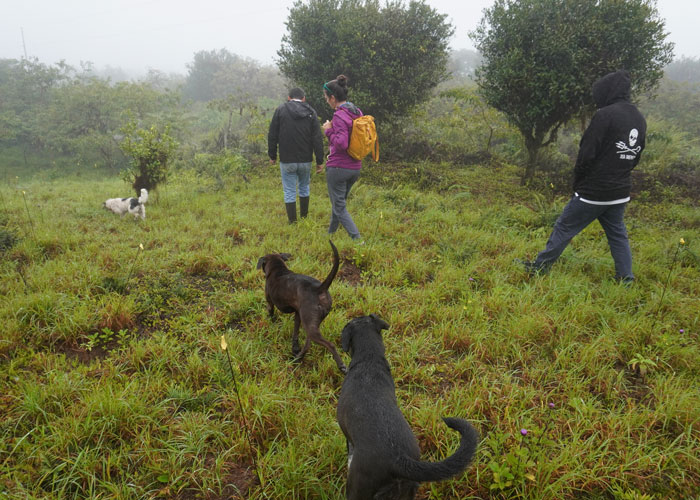Despite being colonized since the 1800s, it is during the last 25 years that a dramatic increase in population has been observed. Analyzing impervious surface change over this period in an ecologically fragile environment is a challenging task, thus two methods that have been widely employed in studying urban environments were compared in this study: sub-pixel using spectral mixture analyses (SMA) and object-based classification. The SMA linear model, applied over moderate spatial resolution imagery, does not produce accurate results for urban composition mapping showing significant spectral confusion between classes. Instead, the object-based classification using spectral indices proved to be more effective for detecting impervious surfaces over heterogeneous urban environments in inhabited islands. The accuracy assessment showed a correlation between estimated and true impervious surface abundance fraction higher than first expected (R2 = 67.7%) for the object-based classification, considering the limitations of pixel size (Landsat imagery) in small heterogeneous urban landscapes. Hence, this methodology was applied to all three urban centers for further analysis. Through this assessment, the average annual growth rate in urban areas was calculated as 3.3% from 1992 to 2017. The foreseen applications and local implications for land planning and management are especially important for the Galapagos Islands. There is a need for planning systems and processes that involve all stakeholders, in order to support pre-existing conservation initiatives and sustainable development policies.
Urban Land Cover Change in Ecologically Fragile Environments: The Case of the Galapagos Islands






